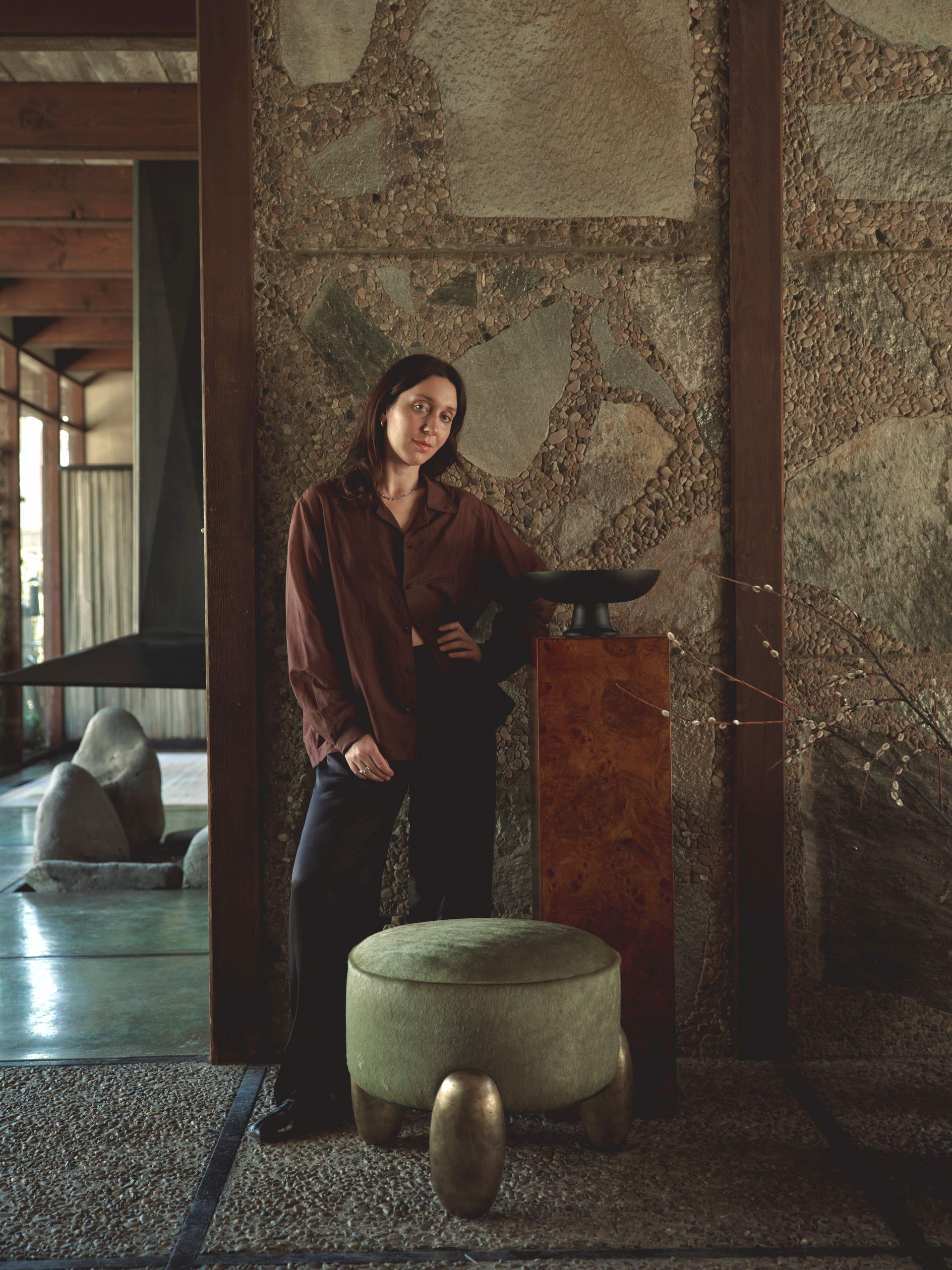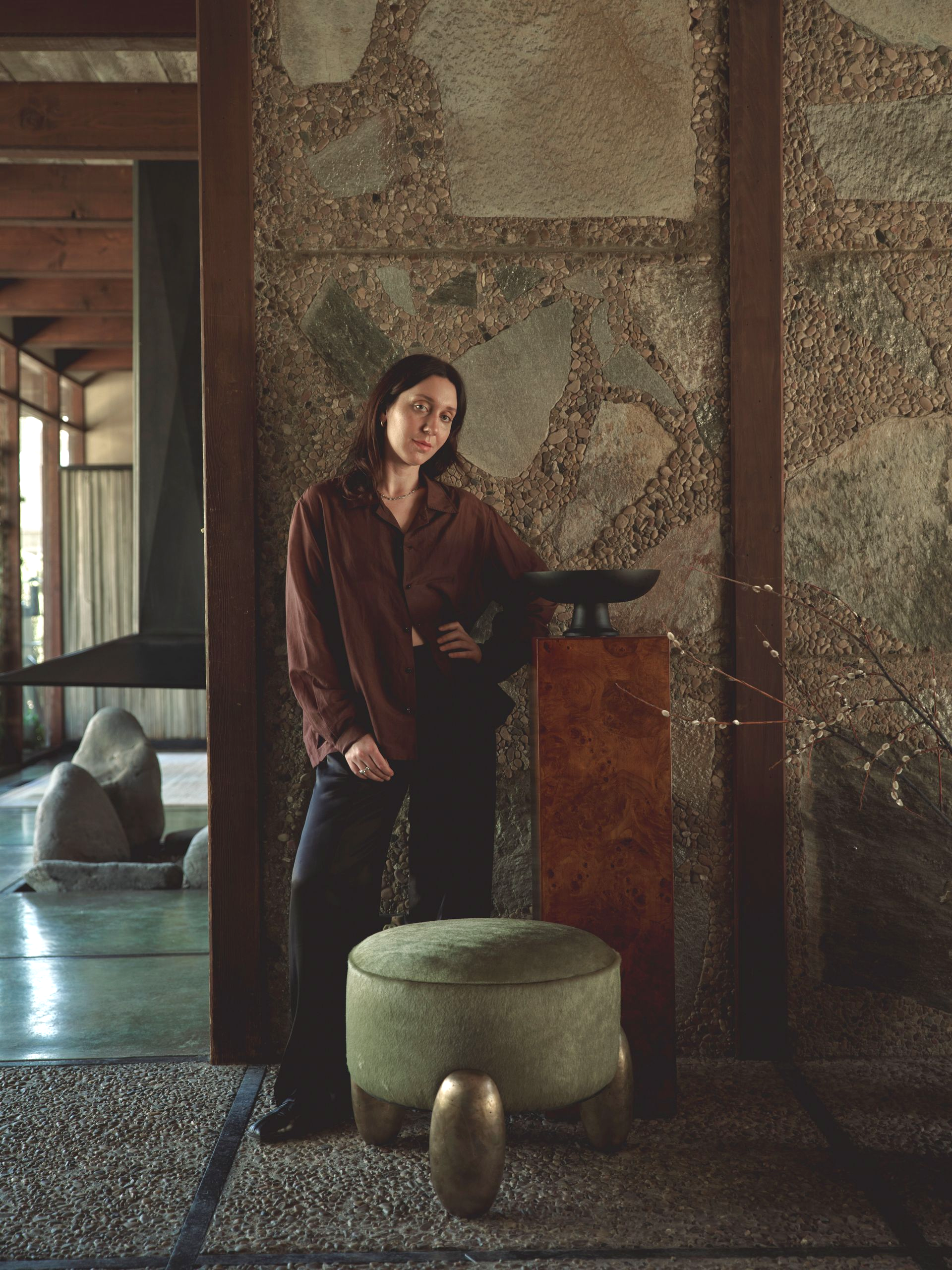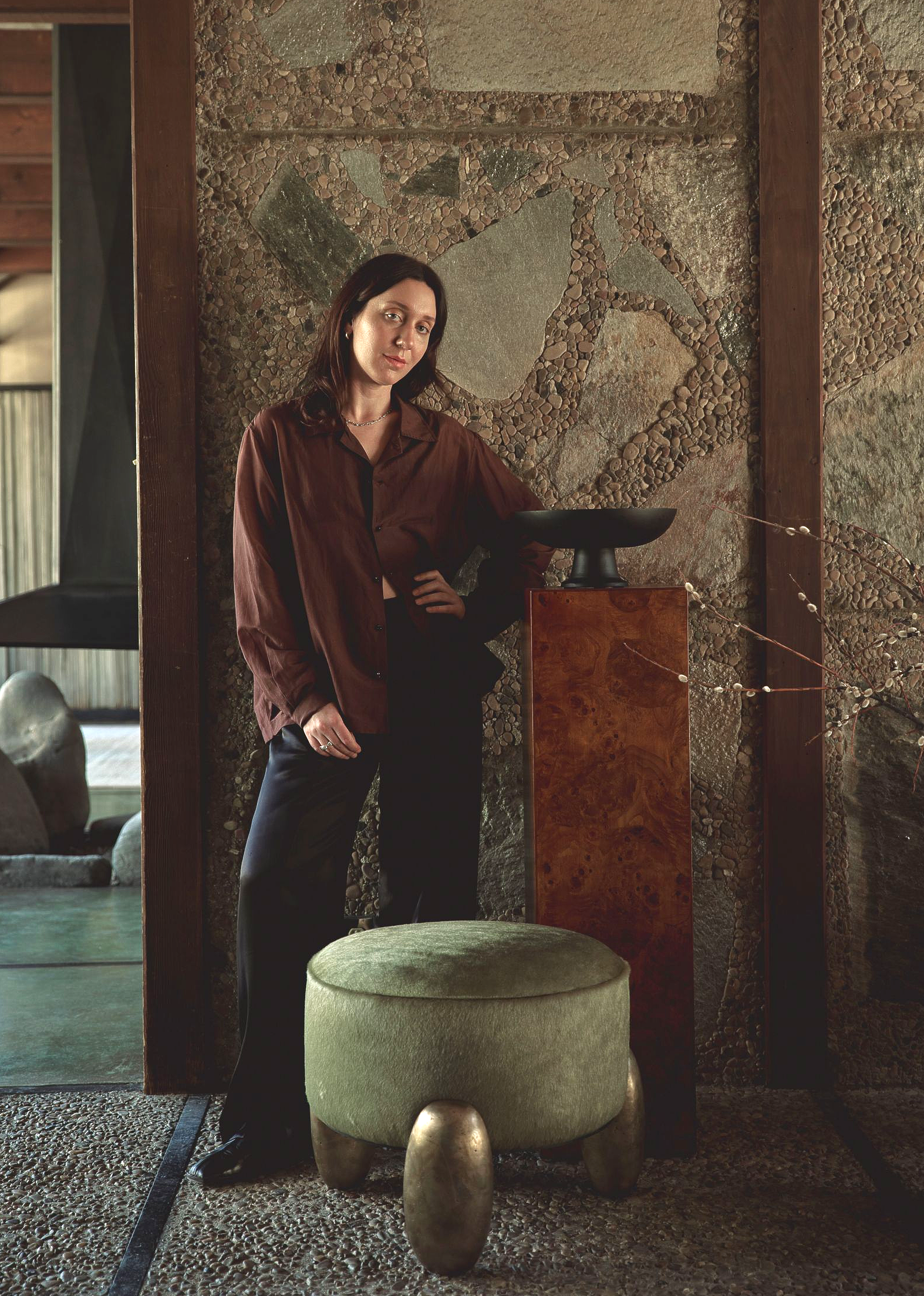
Emily Thurman Studio (founded in 2022) began as a thoughtful exploration of craft and culture. With a foundation in interior design, the namesake studio is dedicated to creating spaces that seamlessly blend the artistry of craft with the intentionality and technical nature of design. Projects spanning from East to West coast are curated with a deep, collaborative approach—working closely with craftsmen and artists to create environments that reflect their clients authentically.
In 2025, Emily Thurman Studio launches Hundō, its debut collection, marking a pivotal moment in the studio’s journey. This inaugural collection embodies the studio’s commitment to timeless design and artistic exploration. Exhibited internationally, Hundō introduces a cohesive narrative through furniture and lighting that celebrates the beauty of natural form and materiality, offering a distinctive perspective on the studio’s evolving vision.

Emily Thurman Studio (founded in 2022) began as a thoughtful exploration of craft and culture. With a foundation in interior design, the namesake studio is dedicated to creating spaces that seamlessly blend the artistry of craft with the intentionality and technical nature of design. Projects spanning from East to West coast are curated with a deep, collaborative approach—working closely with craftsmen and artists to create environments that reflect their clients authentically.
In 2025, Emily Thurman Studio launches Hundō, its debut collection, marking a pivotal moment in the studio’s journey. This inaugural collection embodies the studio’s commitment to timeless design and artistic exploration. Exhibited internationally, Hundō introduces a cohesive narrative through furniture and lighting that celebrates the beauty of natural form and materiality, offering a distinctive perspective on the studio’s evolving vision.

Emily Thurman Studio (founded in 2022) began as a thoughtful exploration of craft and culture. With a foundation in interior design, the namesake studio is dedicated to creating spaces that seamlessly blend the artistry of craft with the intentionality and technical nature of design. Projects spanning from East to West coast are curated with a deep, collaborative approach—working closely with craftsmen and artists to create environments that reflect their clients authentically.
In 2025, Emily Thurman Studio launches Hundō, its debut collection, marking a pivotal moment in the studio’s journey. This inaugural collection embodies the studio’s commitment to timeless design and artistic exploration. Exhibited internationally, Hundō introduces a cohesive narrative through furniture and lighting that celebrates the beauty of natural form and materiality, offering a distinctive perspective on the studio’s evolving vision.
A Full-Service Interior Design Studio
Residential and Commercial Design
Each space is thoroughly designed and curated to meet the needs and specifications of each client. Specializing in bespoke design that carries our clients' values throughout each phase.
- Interior Architectural Detailing
- Space Planning
- Programming
(defining spaces and their function) - Finish Selections
- Furniture Layout
- Collectible Furniture and Lighting
- Art Curation
- Styling and Final Install
A Full-Service Interior Design Studio
Residential and Commercial Design
Each space is thoroughly designed and curated to meet the needs and specifications of each client. Specializing in bespoke design that carries our clients' values throughout each phase.
- Interior Architectural Detailing
- Space Planning
- Programming
(defining spaces and their function) - Finish Selections
- Furniture Layout
- Collectible Furniture and Lighting
- Art Curation
- Styling and Final Install
